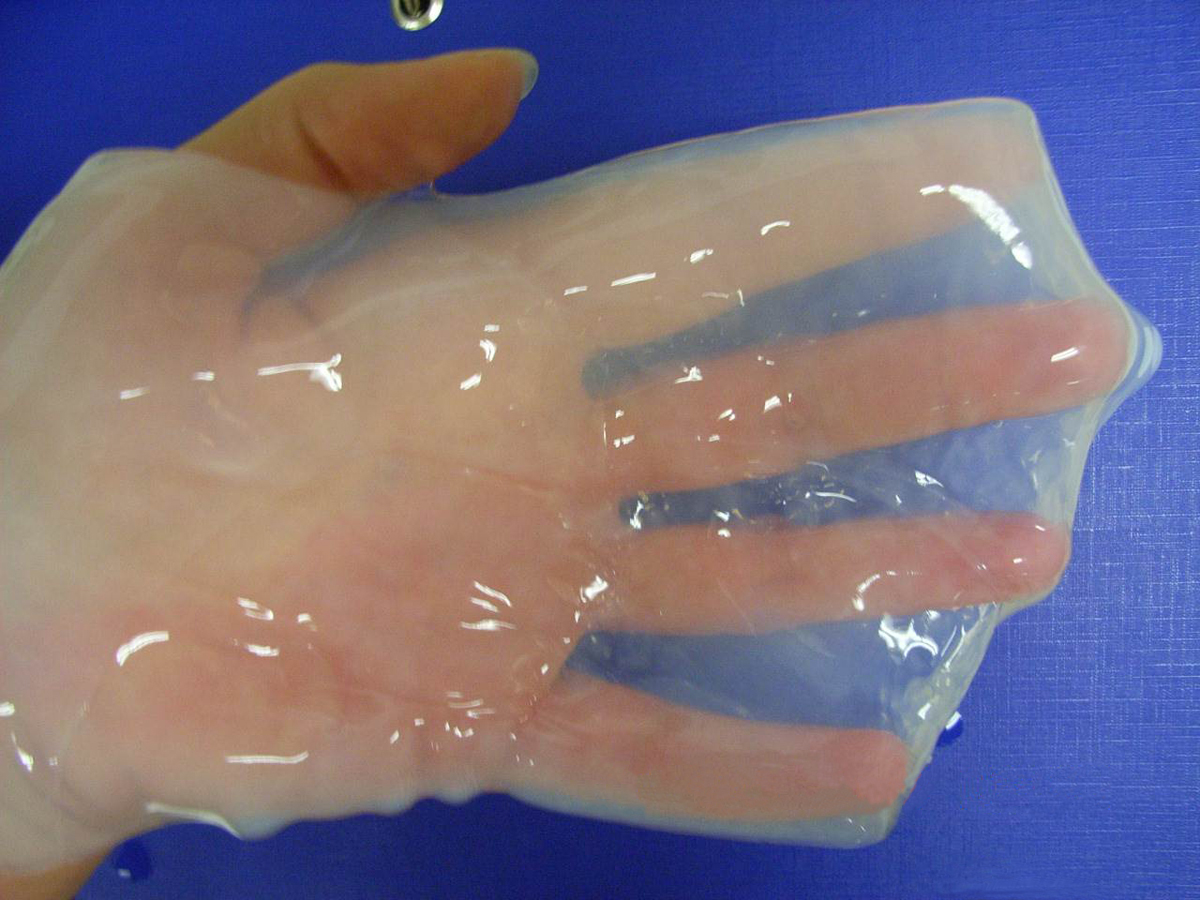Lubricated plastics are increasingly being used under sliding and rolling loads (e.g. gear wheels). Their advantages are immense, as they dampen noise and/or bridge gaps and tolerances due to their high elasticity. They have low moments of inertia.
They can also be produced cost-effectively in large quantities.
The tribology of polymers is complex: lubricants can lead to unexpected friction and wear behavior, elastomers show higher wear rates in an aggressive atmosphere. Reliable polymer machine elements require customized tribological solutions.
We clarify the friction and wear behavior of polymer tribological systems and determine the necessary characteristic values. We explain how to select effective start-up polymer systems and how to achieve optimum performance. We carry out standard measurements for you and test prototype components. We help you to design systems with knowledge of load limits. We describe the speed behavior of the friction of lubricated polymer systems from adhesion to sliding. We determine characteristic values concerning the tendency to the formation of noise and can derive possible changes.
 Fraunhofer Institute for Mechanics of Materials IWM
Fraunhofer Institute for Mechanics of Materials IWM






